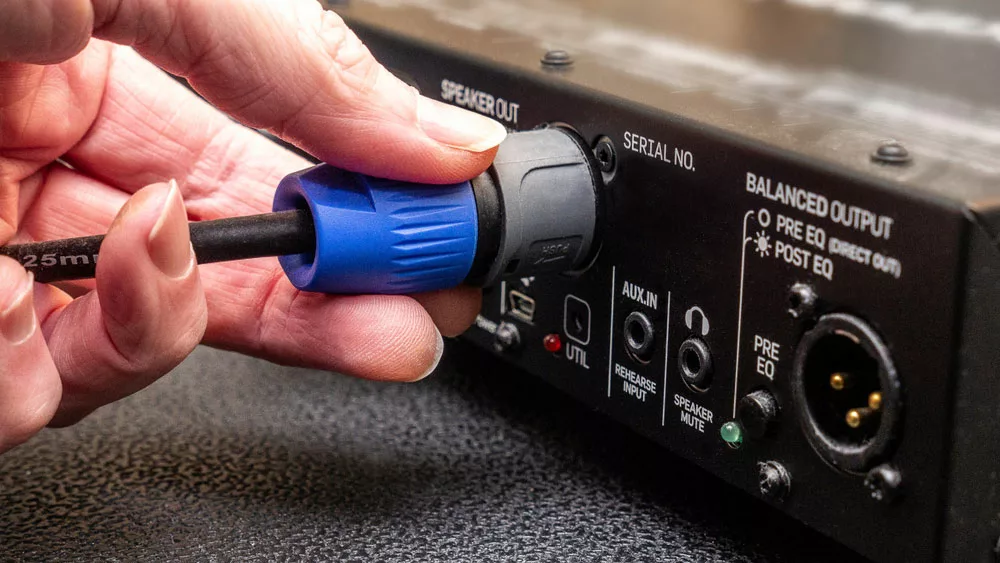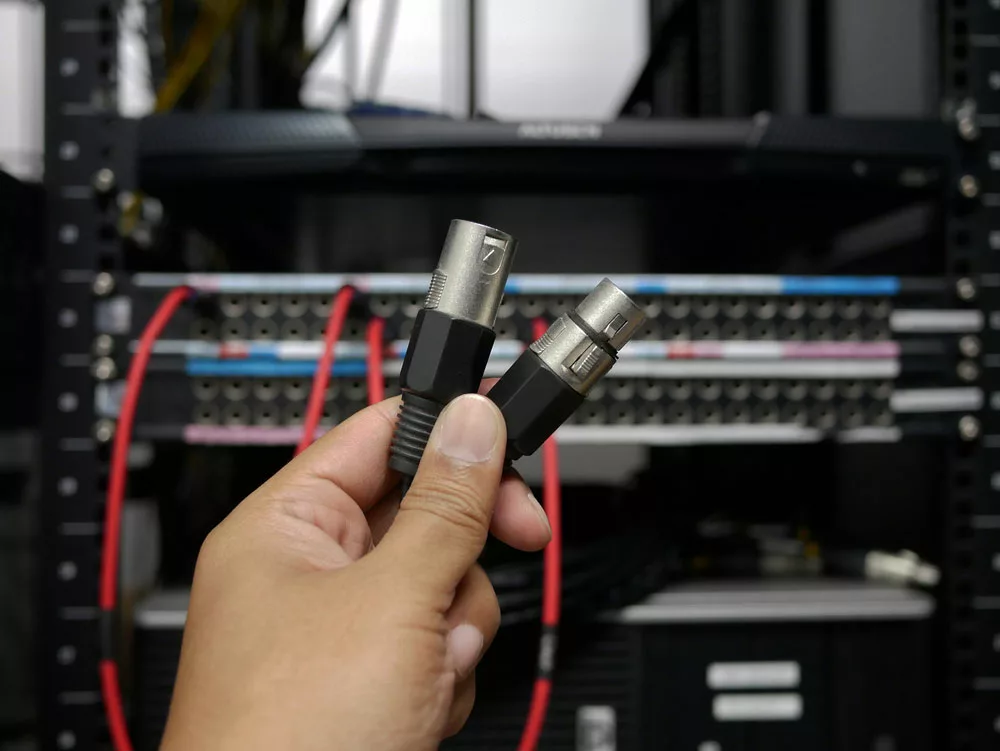Numerous misconceptions exist about power transmission in speakers, making it challenging to understand whether a simple power code makes a sonic difference. Does using power cables for speakers and electric wire make any difference?
This guide will help you uncover what power cables for speakers are, how they differ from regular cables, and whether you can use them interchangeably.
Table of Contents
- What are Power Cables for Speakers?
- How Do Power Cables for Speakers Work?
- Types of Power Cables for Speakers
- Power cables for Speakers Vs. Regular Wire: What’s the Difference?
- Can I use Power cables for Speakers as Electric Wires?
- Is Speaker Wire Different from Electrical Wire? Final Thought
What are Power Cables for Speakers?
Power cables for speakers refer to cables specifically designed to connect speakers to amplifiers.
They carry electric signals from the amplifiers to the speakers, ensuring they are clean and optimized for sound quality. These cables are low-voltage, usually between 14 AWG to 18 AWG.

Connecting the power cable to an AMP
How Do Power Cables for Speakers Work?
Like other audio cables, power cables apply the principles of conduction to pass electric signals from the amplifier to the speakers.
The electrical current which runs down the wire carrying audio information gets transformed into sound by the speaker.
Speaker cables consist of conductive materials, usually silver or copper, that permit current flow with the least resistance possible.
To do this, speaker cables feature sheaths to prevent radio-frequency interference (RFI) and electromagnetic interference (EMI). Their overall design focuses on optimal conductivity, low resistance, and low interference.
Types of Power Cables for Speakers
Speaker cables come in all size-fits and qualities and are for different purposes. Design-wise, there are six types of power cables for speakers, which are:
- Round and flat wire speaker cables
- Flat speaker cables
- Twisted pair speaker cable
- Bi-wire speaker cables
- Oxygen-free copper or OFC cables
- Silver speaker cables

By wire speaker cables
By size, speaker cables come primarily in three groupings:
14 AWG speaker cable
AWG (American Wire Gauge) is the American standard for measuring the size of wires. A 14 AWG cable, therefore, means a speaker cable measuring 1.6MM (0.064 inches.) in diameter.
They also have a 2.08 mm² (0.0032 square inches) cross-sectional area, which we consider medium-thick.
16 AWG speaker cable
16 AWG speaker cables measure 1.3 mm (0.052 inches) with approximately 1.31 mm² (0.002 square inches). These wires are medium-thick and can carry up to 10 amps of current.
18-AWG speaker cables
18-AWG cables measure 1.0mm (0.040 inches) and approximately 0.82 mm² (0.0013 square inches) cross-sectional area. These thin wires can only carry 7 amps of current suitable for small speakers that require short cable runs.
Power cables for Speakers Vs. Regular Wire: What’s the Difference?
While power cables for speakers and regular electric wires can both carry current, they are different in many ways. The difference ranges from design to preferred application and so on.

Regular electrical wire
Application
Power cables connect amplifiers to speakers and other audio devices and transmit electrical signals from the amplifier.
These wires translate the electrical signal from the amplifier into a mechanical movement making the audio device vibrate at an appropriate volume.
On the other hand, regular electrical wires connect electrical appliances to an electric source. They act as a bridge for the electric current to pass through using high-conductivity metals such as aluminum, copper, or stainless steel.
Conductor
While regular cables use aluminum, copper, or stainless steel, power cables use silver. Silver has superior conductivity and reduces the loss of frequency signals. This ensures the transmission of the signal with higher integrity.
Resistance
We can’t conclude a particular type of wire in this comparison has better resistance than the other because resistance depends on many factors. For instance, the thickness and length of the wire. Thicker wire and shorter wires allow less resistance. But in most cases, power seeker cables are thick and short and have less resistance.
Can I use Power cables for Speakers as Electric Wires?
You can use power cables for speakers as electric wires when connecting low-current systems such as landscape lighting, doorbells, security sensor, and thermostat. Speaker wires carry low voltages, but if the grading is the same as the electric you want to replace, you can use it.
Another factor to consider is the thickness and length of the cable. If the power cable for the speaker has the right thickness to enable easy flow of current, why not use it? The length of the wire and its thickness affects the resistance. That is, thicker and shorter wires have less resistance.
What Cable Do You Use For Powered Speakers?
Most powered speakers feature TRS or XLR jack or both. That said, the input connectors will determine the type of cable you use for powered speakers.
For instance, If your powered speakers have XLR inputs, you can connect them to your audio source, such as a mixer or audio interface, using XLR cables.
If your powered speakers have 1/4-inch TRS (tip-ring-sleeve) inputs, you can connect them to your audio source using TRS cables. If your powered speakers have RCA inputs, you can connect them to your audio source using RCA cables.

XLR speaker cable
Can Power Wire Be Used As a Speaker Cable?
Yes, you can use the right gauge and length of copper wire in the speaker. A too-thin or too-long wire can increase resistance and reduce speaker power delivery. This results in decreased sound quality and potential damage to your equipment.
Is Speaker Wire Different from Electrical Wire? Final Thought
Yes, the speaker wire is not the same as the electrical wire. Speaker wire transports low-level audio signals from an amplifier or receiver to speakers.
In contrast, an electrical wire is intended to transport electrical power from a power source to an electrical device.
These two types of wires also have noticeable differences in design, among other aspects. However, you can sometimes use these wires interchangeably with the correct gauges.
